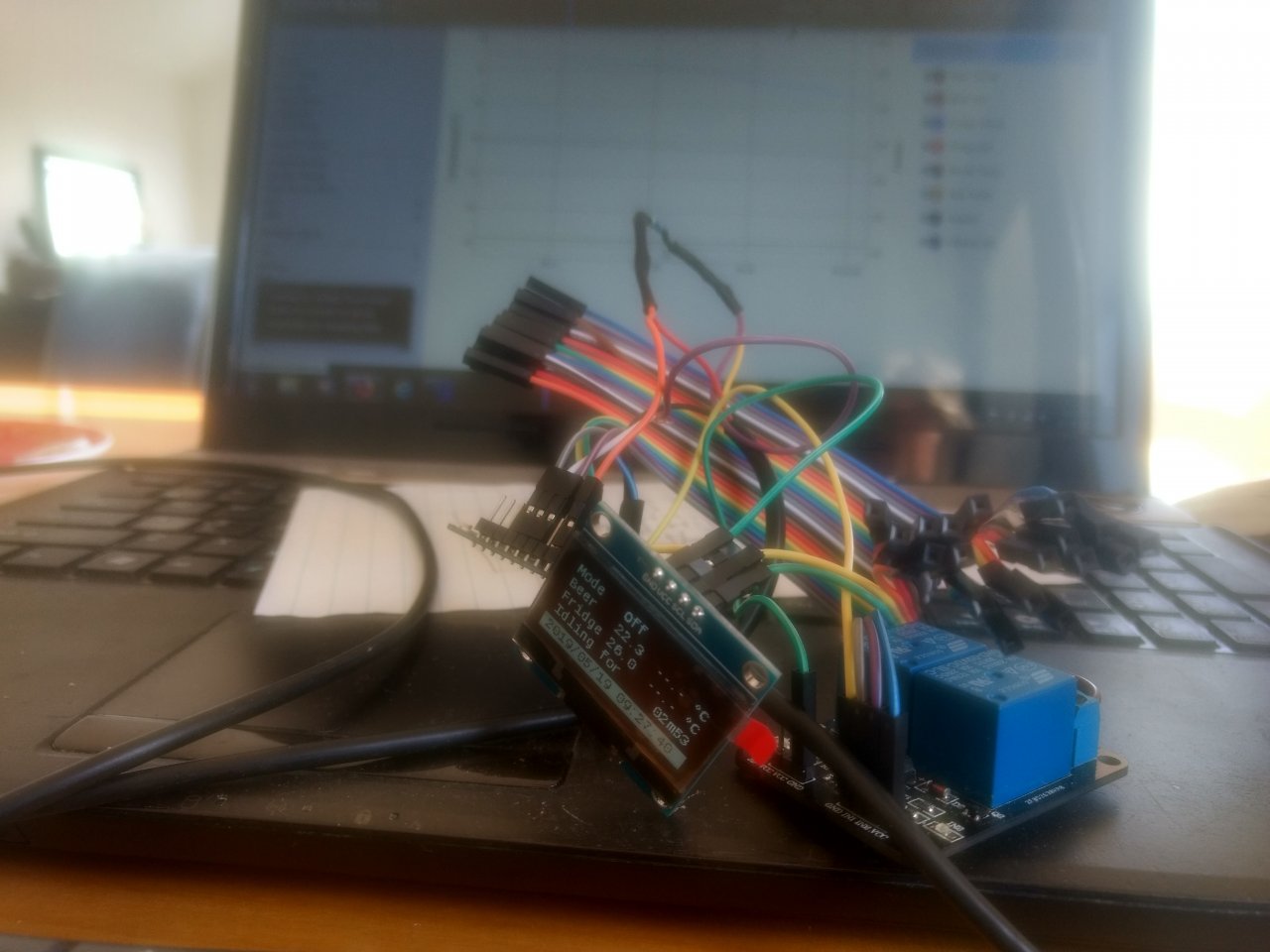I have some pictures and details of my fermentation controller build on my brewing blog if anybody is interested. The PCB I use was based heavily on @Thorrak 's design with lots of help from @day_trippr to carry out my changes (saved me lots of headache I am sure). I've been using brewpiless lately out of interest of the brewfather integration, which is working great! Thanks for everyone's work here, wish I could be more active on HBT and helping with projects but trying to put my PhD to bed this year and haven't found the time! I'll probably do another revision of my PCB if only to use beefier terminal blocks in the future. And I may try out some assembly services to save me headache. I'll check what I have left for PCBs - I think 5 anyways - I'd be happy to send out what I have left if you cover postage (and I apologize to anybody I may have said I'd send a PCB but didn't hear from me - I think @Bigdaddyale and @day_trippr - that offer still stands). Cheers!
https://onbrewing.com/esp8266-fermentation-controller-build/
https://onbrewing.com/esp8266-pcbs/
https://onbrewing.com/esp8266-fermentation-controller-build/
https://onbrewing.com/esp8266-pcbs/

























































![Craft A Brew - Safale S-04 Dry Yeast - Fermentis - English Ale Dry Yeast - For English and American Ales and Hard Apple Ciders - Ingredients for Home Brewing - Beer Making Supplies - [1 Pack]](https://m.media-amazon.com/images/I/41fVGNh6JfL._SL500_.jpg)




